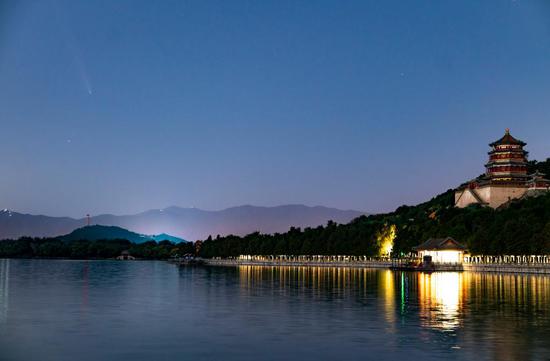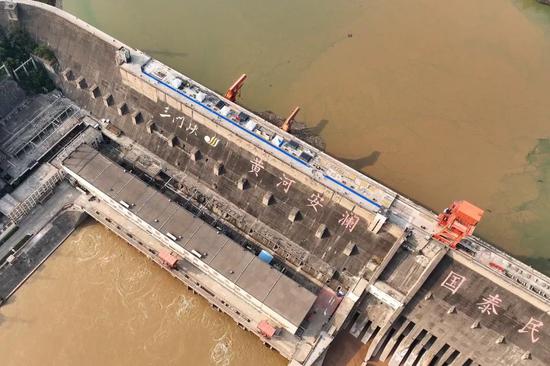The Shenzhou XIX spacecraft, China's next manned mission, is scheduled to be launched in the coming days to transport three astronauts to the Tiangong space station, according to plans announced by the China Manned Space Agency.
The mission crew's spacecraft and its carrier, a Long March 2F rocket, were moved to the service tower on Tuesday afternoon at the Jiuquan Satellite Launch Center in northwestern China's Gobi Desert, the agency said in a brief news release, adding that the launch equipment at the spaceport "is in good condition".
The release noted that the spacecraft and rocket will undergo final functional checks over the next several days. It said the launch will take place in due course.
The Shenzhou XIX crew will carry out China's 14th manned spaceflight and will become the eighth group of inhabitants of the Tiangong.
The crew members, whose names have yet to be disclosed, will take over the massive orbital outpost from their peers — mission commander Senior Colonel Ye Guangfu and crew members Lieutenant Colonel Li Guangsu and Lieutenant Colonel Li Cong — who arrived on April 26 with the Shenzhou XVIII mission. By the end of October, Ye's team will have been in orbit for six months.
Wang Yanan, chief editor of Aerospace Magazine, said the Shenzhou XIX astronauts will likely be tasked with conducting scientific experiments and technological tests that will be more sophisticated and challenging than those performed by their peers in previous missions.
"In the first two years since the Tiangong started formal operation, astronauts would not be given very complex science and technology assignments because their primary tasks were to explore living and work patterns that most fit them and to check whether the massive station could function well," he said.
"Now, as Chinese astronauts have gotten used to living inside the station and well understand its long-term orbital flight pattern, the newcomers will be given more challenging tasks, namely to conduct difficult science and technology operations," he said.
Completed in late 2022, Tiangong is one of the largest and most complex structures ever established in space by humankind.
Orbiting Earth at a distance of about 400 kilometers, the Chinese station has three permanent parts — a core module and two science capsules — and is regularly connected to several visiting crew and cargo spaceships.

















































 京公网安备 11010202009201号
京公网安备 11010202009201号